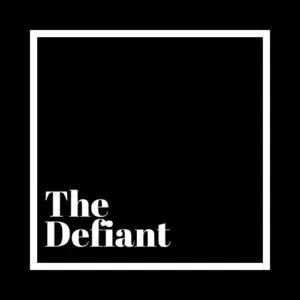ErisX yesterday launched physically settled, CFTC-approved, Ether futures contracts. The move will give institutional investors a safe and familiar way to gain exposure to Ether. Futures will also give miners and other players a way to protect against ETH volatility, and it will help in price discovery of the asset.
“Ethereum has genuine functionality and use cases with real people, firms and governments using the network, and its structure has many similarities with existing commodity markets,” said ErisX in its post announcing the launch.
Physically Settled
These are physically settled contracts, which means ErisX has to actually buy ETH to trade them, unlike CME’s cash settled Bitcoin futures, where no actual BTC is involved. This could potentially increase demand for Ethereum’s cryptocurrency.
Still, volume for physically settled Bitcoin futures on ErisX is tiny, and the CME, which dominates volume for US Bitcoin futures trading, isn’t planning on adding ETH futures in the near term, said Tim McCourt, the exchange’s global head of equity benchmarks, in an interview Camila Russo co-hosted at Consensus: Distributed yesterday.

Commodity
The contracts are the first futures offered on a regulated US exchange for a digital asset other than Bitcoin. The CFTC has classified only Bitcoin and Ether as commodities. This means derivatives of only these two cryptocurrencies can be traded on regulated exchanges in the US.
In addition, Ether is also the only cryptocurrency other than Bitcoin that SEC officials have argued is not a security. This further clears the way for institutions to trade ETH without fearing any regulatory repercussions.
Miners and Stakers
Futures allow investors to buy or sell an asset for a fixed price at a predetermined date. In cryptocurrencies, these contracts are especially useful for miners, who have income in crypto, but expenses in fiat currencies, so they need to ensure they’ll be able to sell their crypto at a minimum price to be able to sustain their business.
This is true for Ether in its current proof-of-work chain, but it will also help node operators, called validators, when it transitions to proof-of-stake. Validators are required to stake at least 32 ETH, and futures can be a way to protect against volatility in the value of their assets, which they’ll need to keep locked up for long periods of time.
Downward Pressure
There’s still the open question on whether futures contracts exert downward pressure on the price of cryptocurrencies. Regulated futures for Bitcoin were launched near the peak of the bubble in late 2017, and some have attributed Bitcoin’s subsequent slide to futures trading, as investors betting on a lower price of the digital asset can lead to actual selling.
In any case, the move continues legitimize and validate Ether as the only cryptocurrency other than Bitcoin that has proven to be decentralized enough to be considered a commodity, and to have the volume and activity needed to support trading in regulated US markets.
So yes, institutions are coming to Ether. But decentralized finance is proof developers haven’t forgotten the promise of crypto is to actually disrupt them.
[This story was written and edited by our friends at The Defiant, and also appeared in its daily email. The content platform focuses on decentralized finance and the open economy, and is sharing stories we think will interest our readers.]

